Read Research and Innovation Stories
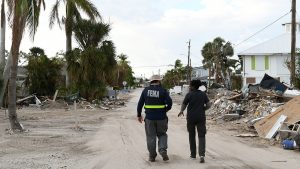
Disaster response should be equitable
A UNC Coastal Resilience Center study of four hard-hit counties shows how agencies can better support vulnerable communities.

Carolina wins grant for undergraduate climate change research in Ecuador
UNC-Chapel Hill has been selected to receive a grant from the 100,000 Strong in the Americas Fund. With this funding, students at UNC and Universidad San Francisco de Quito will conduct climate change research and continue to build upon the universities’ strategic partnership.
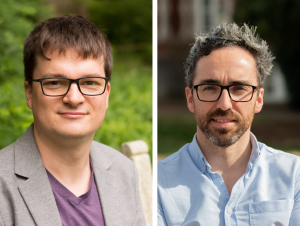
Sloan Fellowships awarded to two Carolina researchers
Nicolas Pégard and Pedro Sáenz, faculty members in the College of Arts and Sciences, have been awarded 2023 Sloan Research Fellowships, among the most prestigious awards given to early-career scientists.
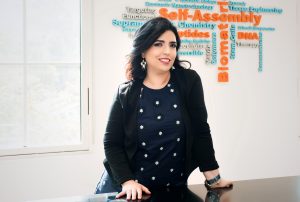
Freeman receives Cottrell Scholar Award
The associate professor of applied physical sciences has been recognized as a rising star in chemistry.
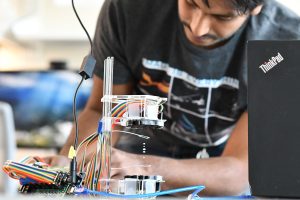
From research to impact — ultrasound imaging and the future of stroke prevention
Rather than treating a stroke patient in the aftermath of the medical episode, what if a proactive measure was taken? A measure that would help prevent strokes altogether?
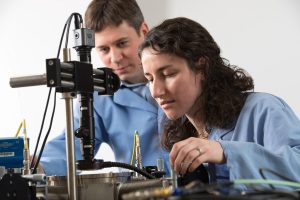
Designer silicon nanowires can produce hydrogen from water and light
UNC researchers James Cahoon and Taylor Teitsworth show how silicon nanowires that can convert light into electricity were engineered to split water into hydrogen and oxygen in a paper published Feb. 8 in Nature.

AAAS selects 4 faculty as fellows
College of Arts and Sciences and Gillings professors receive one of the most distinguished honors in the scientific community.
